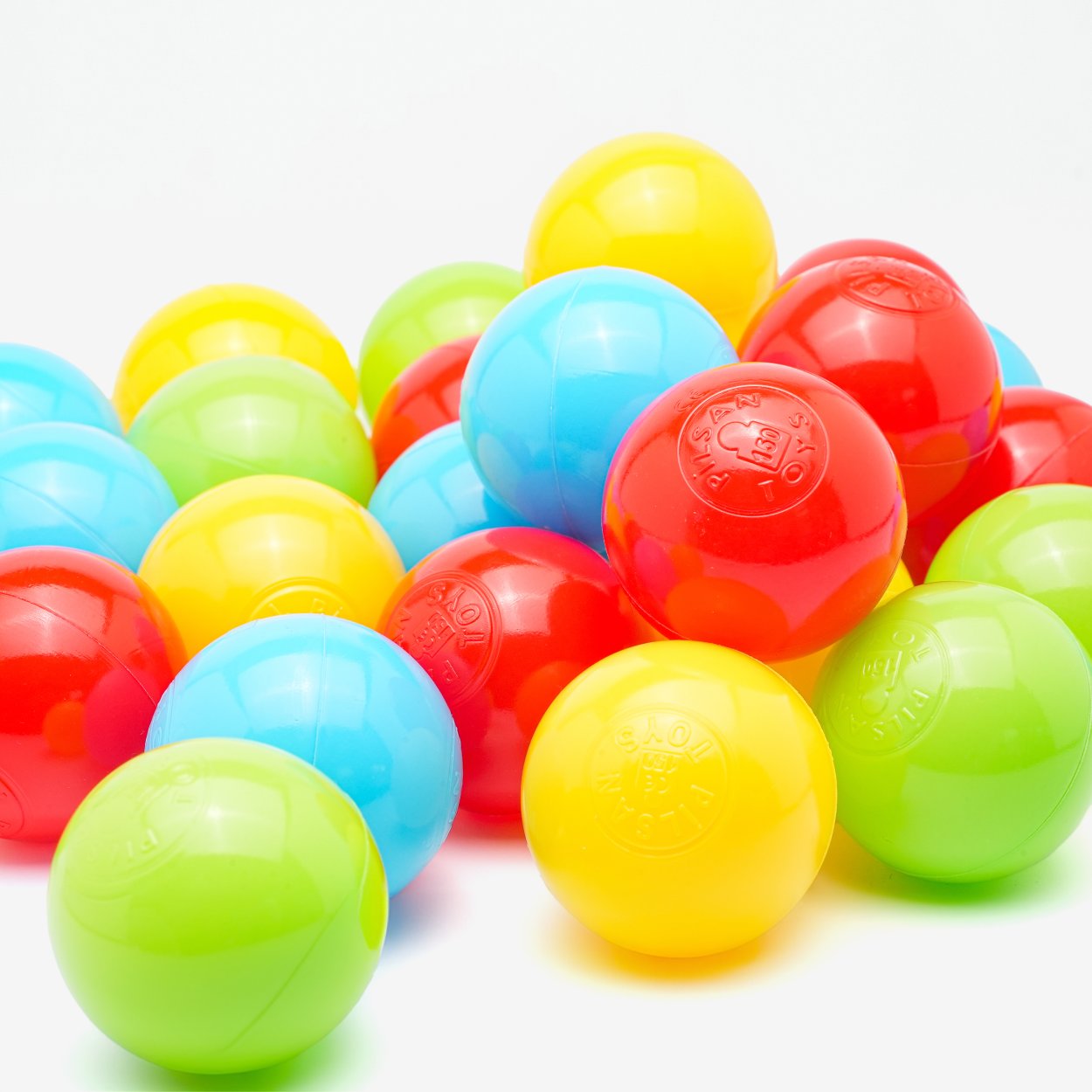
Sensory-Rich Soft Play Centres: Designing Environments that Foster Child Development
Share
In our quest to supply only the finest ball pit balls and soft play equipment parts, we also prioritise creating engaging and developmentally appropriate indoor play spaces for children. Sensory-rich environments can make all the difference in fostering a nurturing and fulfilling experience for children and their families. By integrating diverse sensory elements into your soft play centre, you can significantly enhance the overall indoor play experience and support the developmental needs of children.
This article will focus on the importance of sensory-rich environments in soft play centres and provide practical ideas on how to incorporate multi-sensory elements throughout your space. From tactile surfaces and stimulating visuals to auditory features and opportunities for exploration, we will discuss the various sensory components that can contribute to a unique and immersive indoor play experience.
1. Tactile Elements for Explorative Learning
Integrating tactile elements within your soft play centre is vital for promoting hands-on exploration and fostering fine motor skills. Tactile experiences also play an essential role in developing children's sensory processing abilities. Consider incorporating the following:
- Texture Boards: Place texture boards at various locations throughout your centre, offering children a chance to explore different materials such as sandpaper, fabric, rubber, and foam.
- Sensory Paths: Design walkways or crawling paths with a variety of textures, allowing children to explore and learn through direct contact. Aim to include surfaces that are smooth, rough, bumpy, or soft.
- Ball Pits: No soft play centre is complete without a ball pit! Ball pits offer a fun way for children to experience sensory input, practice grasping, and play with peers.
- Sensory Bins and Tables: Fill containers with materials like coloured rice or sand, encouraging children to engage in scooping, pouring, and explorative play.
2. Visual Stimulation for Enhanced Engagement
Visual stimulation is an important aspect of sensory play, as it aids in developing children's visual perception and attention span. Implement these ideas for a more visually appealing and stimulating play space:
- Colourful Equipment: Use a mix of bright colours and interesting patterns in your soft play equipment and surrounding décor, capturing children's attention and enhancing their visual experience.
- Themed Spaces: Design distinct areas within your centre that represent different themes or environments, such as forests, oceans, or outer space, offering contrasting visual experiences.
- Dynamic Lighting: Employ varying lighting techniques to create different moods and experiences. Consider using coloured lights, moving light projections, or even glow-in-the-dark elements.
- Visual Aids and Décor: Display educational and engaging wall art, posters, or interactive murals that capture children's attention and facilitate learning.
3. Auditory Features for Immersive Play
Incorporating auditory elements in your soft play centre can help develop children's listening and auditory processing skills, contributing to an immersive play experience. Consider these auditory features:
- Background Music: Select calming or stimulating music tailored to different areas within your centre, helping to create distinct spaces with differing vibes.
- Interactive Stations: Integrate play stations with auditory elements, such as interactive soundboards, musical instruments, or talking activity walls.
- Soundproofing: Avoid overwhelming noise levels by implementing soundproofing materials and techniques within your soft play centre, creating a comfortable environment for children with varying sensory needs.
- Storytelling Corners: Designate a quiet space for storytelling equipped with soft seating, bookshelves, and a selection of engaging audio stories or nursery rhymes.
4. Creating Inclusive Spaces for All Abilities
Design your soft play centre with accessibility and inclusivity in mind, catering to children with different abilities, learning styles, and sensory needs. Here are some suggestions:
- Accessible Pathways: Ensure pathways and entryways are wide enough to accommodate wheelchairs, pushchairs, and a range of movement abilities, enabling all children to navigate the centre freely.
- Quiet Zones: Create designated quiet areas with dimmed lighting and reduced noise levels, offering children a calming space to retreat to when needed.
- Sensory Swings and Equipment: Incorporate sensory swings, therapy balls, or other adaptive equipment specifically designed to cater to children with sensory processing needs or physical disabilities.
- Age-Appropriate Zones: Design your centre with separate play areas for different age groups, providing engaging yet safe experiences for infants, toddlers, and older children alike.
Designing Sensory-Rich Soft Play Centres that Foster Development
By incorporating multi-sensory elements within your soft play centre, you can create an engaging and inclusive environment that supports child development and promotes meaningful play experiences. Tactile, visual, auditory, and inclusive features all play a part in fostering an atmosphere where children of all abilities can thrive, learn, and grow through immersive sensory experiences.
As your trusted partner in providing top-quality ball pit balls and soft play equipment parts, Soft Play Market invites you to explore our range of products designed to help you create the ultimate sensory-rich soft play centre. Let's work together to enhance the world of indoor play, one magical sensory experience at a time. Shop now!

